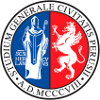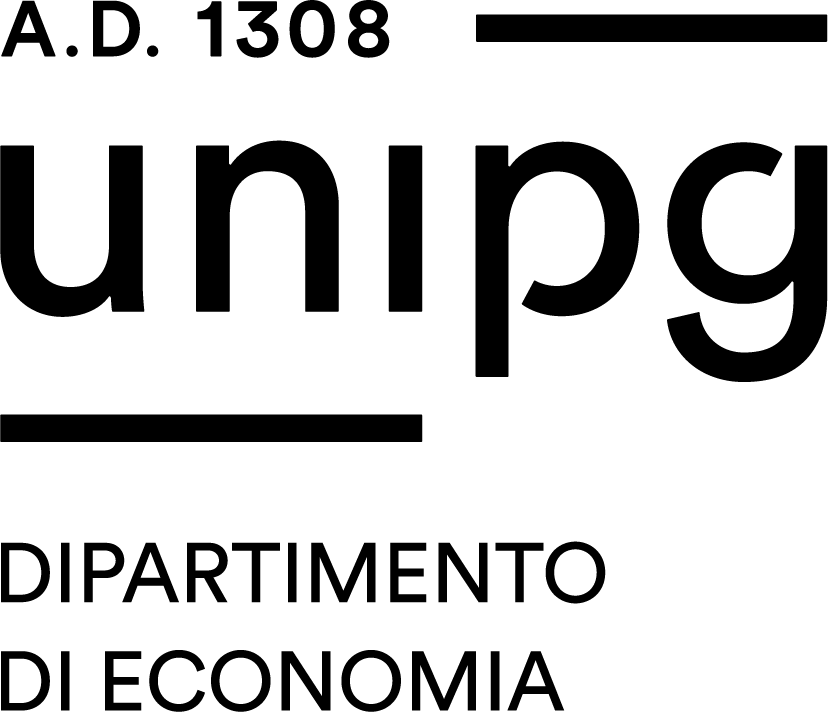Study-unit SYSTEMS FOR AEROSPACE: COMPLIANCE AND TESTING PROTOCOLS
| Course name | Electronic engineering for the internet-of-things |
|---|---|
| Study-unit Code | 70A00103 |
| Curriculum | Consumer and aerospace iot |
| Lecturer | Antonio Faba |
| Lecturers |
|
| Hours |
|
| CFU | 6 |
| Course Regulation | Coorte 2024 |
| Supplied | 2024/25 |
| Supplied other course regulation | |
| Learning activities | Affine/integrativa |
| Area | Attività formative affini o integrative |
| Sector | ING-IND/31 |
| Type of study-unit | Opzionale (Optional) |
| Type of learning activities | Attività formativa monodisciplinare |
| Language of instruction | Italian |
| Contents | Introduction to electromagnetic compatibility. Principal elecromagnetic compatibility stantards for avionics and space. Conducted and radiated emissions and susceptibilities. Elecrostatic discharges. |
| Reference texts | Clayton R. Paul, Introduction to Electromagnetic Compatibility, Wiley, February 2006. Slides delivered by the teacher. |
| Educational objectives | Knowledge and competence on test procedure to conducted and radiated emissions and susceptibility qualification for the avionics and space environments. |
| Prerequisites | Electromagnetic compatibility. |
| Teaching methods | Lessons and excercices in laboratory. |
| Other information | Meet the teacher |
| Learning verification modality | Oral interview. |
| Extended program | Introduction on electromagnetic compatibility, transmission lines, coupling net and probes. Filters. Electromagnetic Wave propagation. Antennas and shielding structures. Analysis of the following standards: 61000-3-2; 61000-3-3; 55022; MIL-STD-461F: CE101; CE102; RTCA DO-160G: Section 21; test set-up, grounding, coupling and decoupling net. Current and voltage probes, interconnecting cables, measurements with oscilloscope and spectrum analyzers. Test procedures and limits. Comparison between IEC, MIL-STD-461F e RTCA DO160G standards. Apparatus for the mitigation of emissions and susceptibilities: filters. Laboratory training. Analysis of the following standards: IEC: 61000-4-4; 61000-4-5; 61000-4-6; 61000-4-11; MIL-STD-461F: CS101; CS106; CS114; CS115; CS116; RTCA DO-160G: Section16-17-18-19-20-22. Test set-up, grounding, coupling and decoupling net. Current and voltage probes, interconnecting cables. Signal generators, pulse generators and amplifiers, modulation and step frequency. Test procedures and performances. Comparison betwen the following standards: IEC, MIL-STD-461F e RTCA DO160G. Apparatus and components for the susceptibility mitigation: filters, varistors, zener diods and gas transient suppressor. Laboratory training. The phenomena of electrostatic discharge. Circuital modeling. Analysis of the following standards: IEC: 61000-4-2; STANAG 4239; RTCA DO-160G: Section 25. Electrostatic discharge testing: generators, discharge nets, amplitude and waveform shape. Apparatus and components for the mitigation of the effects of electrostatic discharges. Laboratory training. Analysis of the following standards: IEC: 55022; MIL-STD-461F: RE101; RE102; RTCA DO-160G: Section 21. Test site: open site, shielding and semianechoic rooms. Test Set-up, grounding, decoupling nets. Antennas, interconnecting cables, measurements with spectrum analyzers. Test procedures and test limits. Comparison between the following standards: IEC, MIL-STD-461F e RTCA DO160G. Apparatus and components for the mitigation of the radiated emissions: filters and shields. Laboratory training. |


